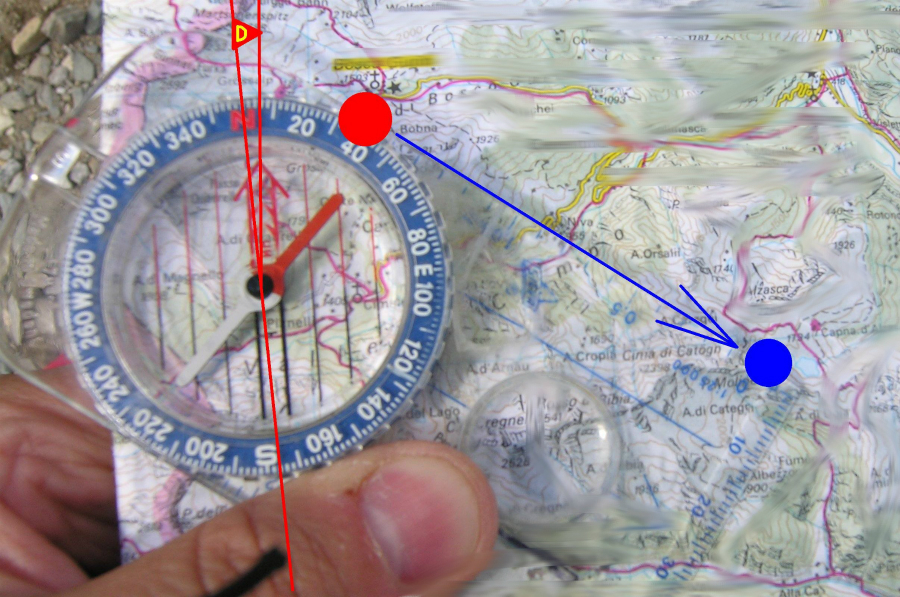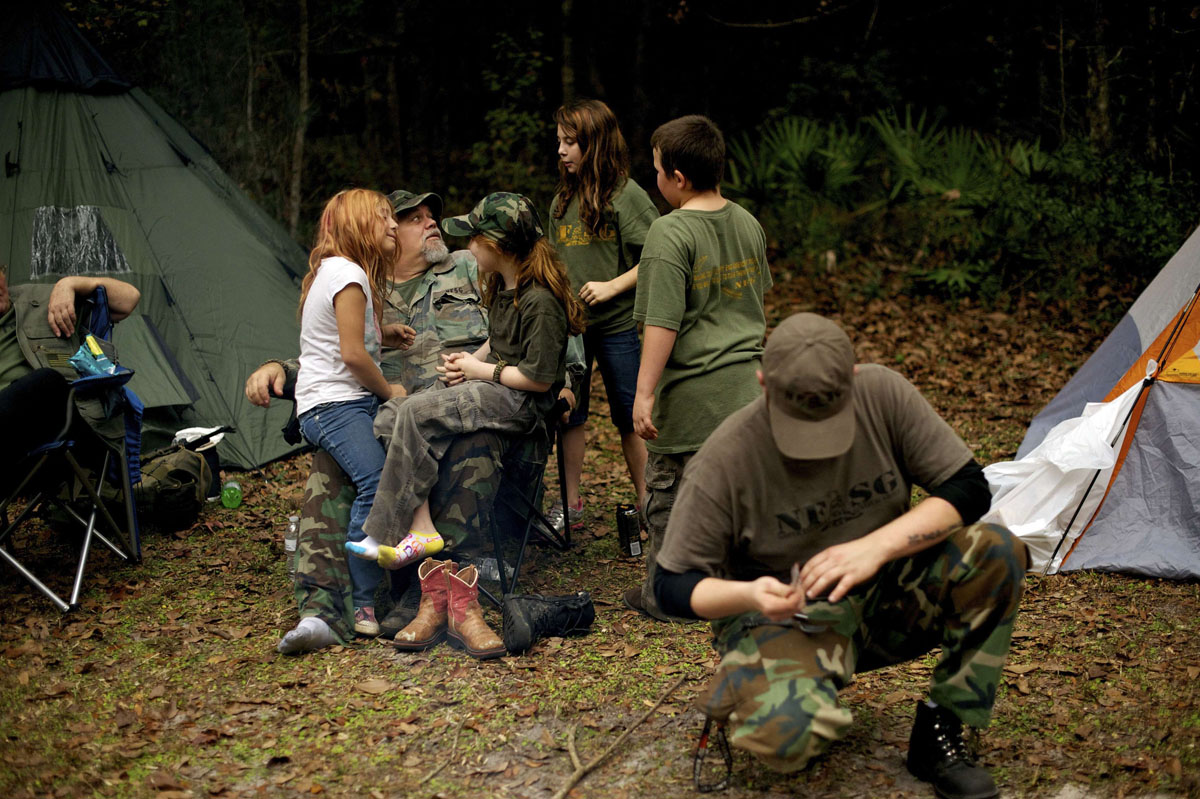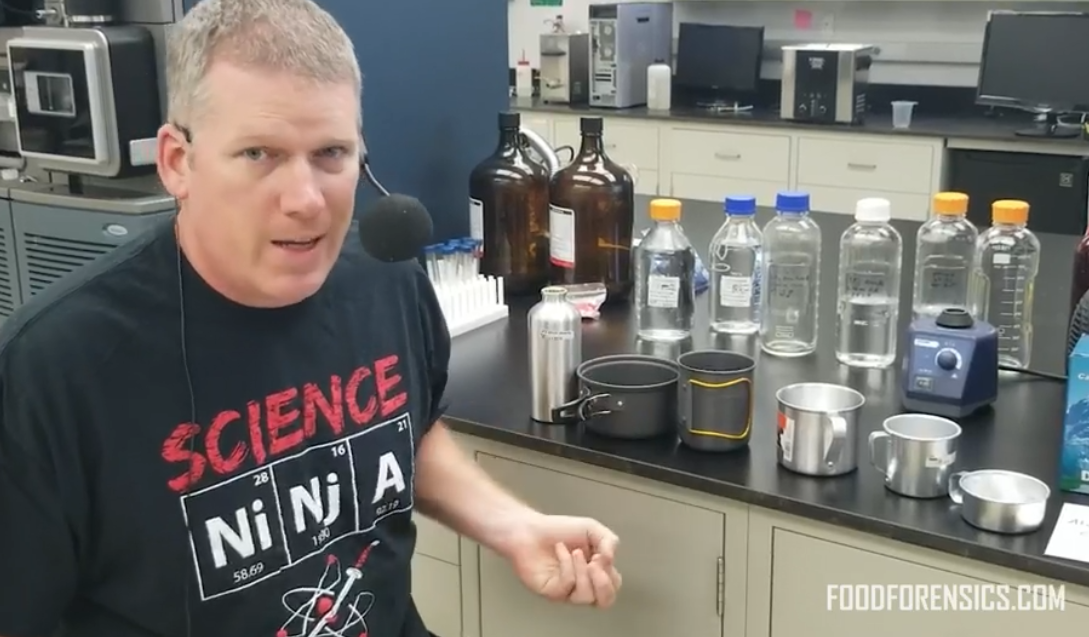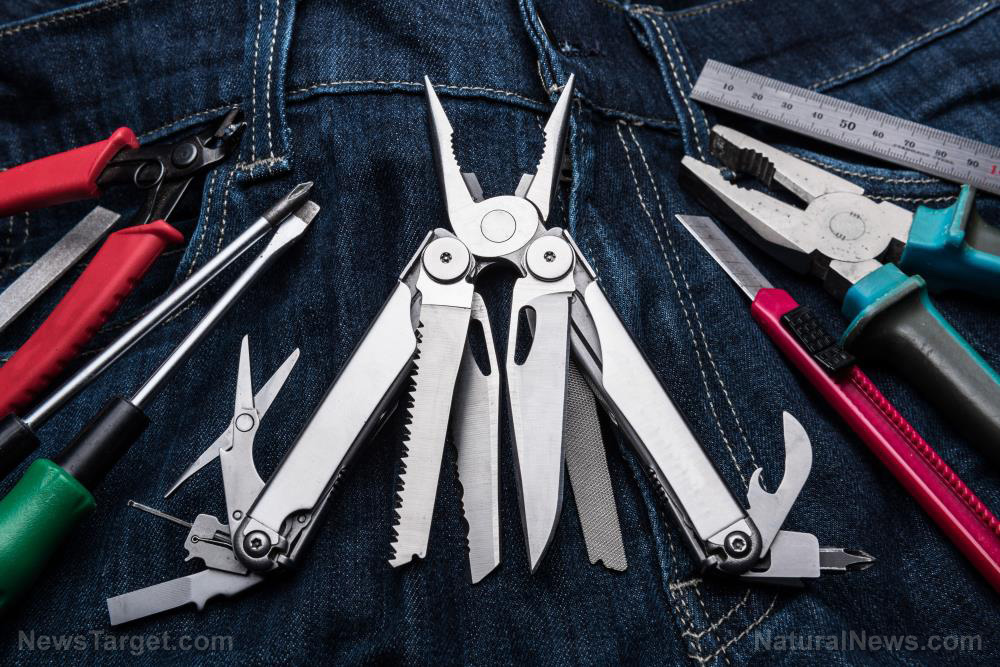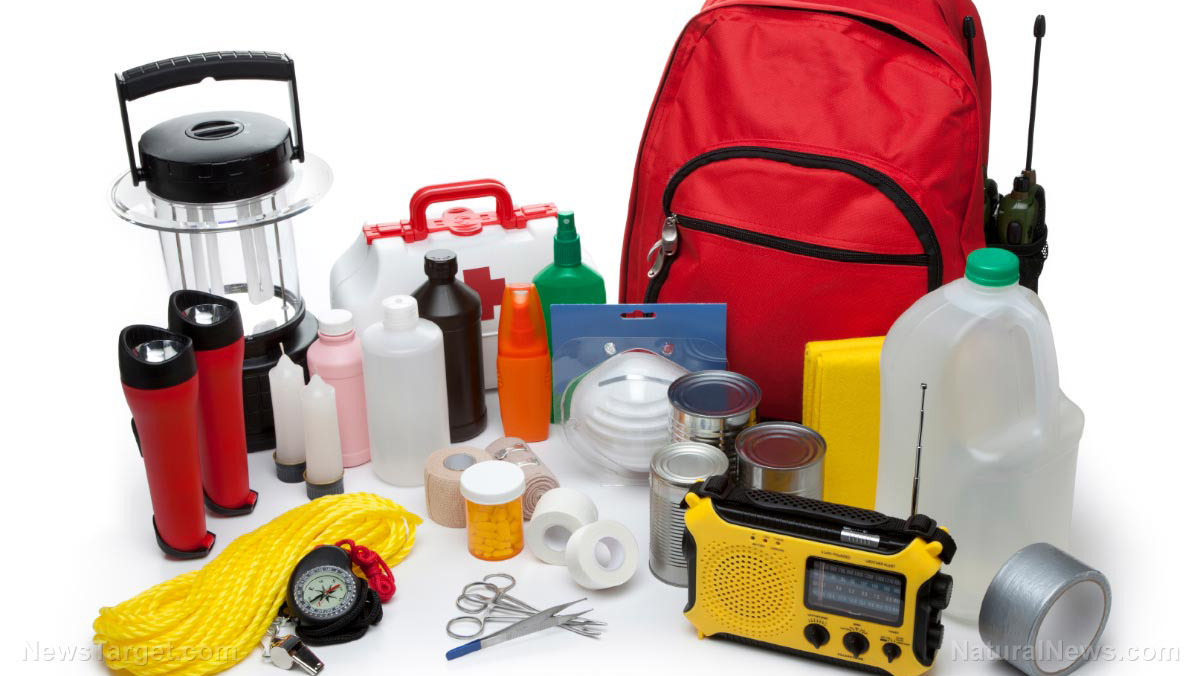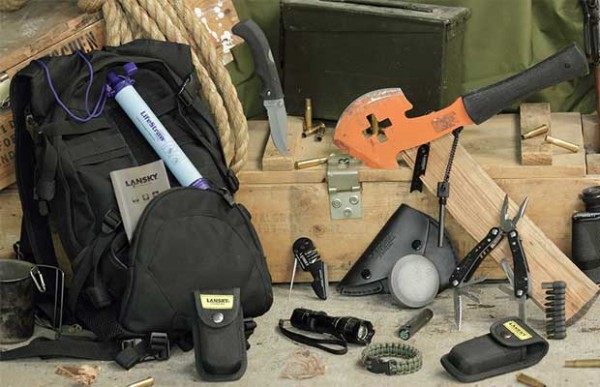When SHTF, can you get in touch with your family? The importance of survival communication plans
08/28/2019 / By Edsel Cook

When SHTF and the power grid goes down, most forms of communication will stop working. Preppers with families or groups must plan for the sudden loss of easy communication. (h/t to MDCreekmore.com)
Spouses must decide beforehand who will fetch their young child from school during an emergency. If they have more than one child, they have to decide who picks up who.
For families and groups made up of individuals who don’t need adult supervision, pick a location that everyone may reach easily. Leave a message there to keep the others apprised of any plans or new developments.
Pick one or more relative or family friend who lives far away – such as in a different state – to act as the communications center during a short-term emergency. If the family or group ends up separated during the crisis, the individual members will call the contact person.
They must tell the contact person about their status, the location of their current shelter, and their intended means of traveling, such as bug-out bikes. In turn, the “communications hub” will inform them about the plans of any other member who called earlier.
By providing them with accurate and updated information, the contact person will assist the separated preppers in meeting up with each other. Further, he may also tell the preppers about road closures, the route the storm is taking, and other vital news that they may not know about.
Alternative means of communications during SHTF
Get CB radios, ham radios, long-range walkie-talkies, and other alternative methods of communication. Also, get a means of powering or recharging the devices, such as a fossil fuel generator or a solar panel.
Radios are not reliant on infrastructures like cellphones and telephone landlines. They will continue working during an emergency, providing communications between individual members of a family or group of preppers as well as getting information about the crisis.
To legally own and run a ham radio, a person needs a legal license and training. The operators of such radios will have their names on a list. Furthermore, the large antennas of the ham radio will stick out. They will draw attention to the operator’s house.
Prepare a plan to meet up with your family before SHTF
If the members of a family or group of preppers do not have a means of communication between them, they will need a plan for getting together. Come up with the plan way before any emergency forces the group to do things on the fly.
Select local landmarks to serve as meeting points. Start with the family home. Pick places that everyone may reach on foot.
Set the locations in a particular order. If the first one gets destroyed, everyone will go to the second location. In case the secondary meeting spot is also wrecked, proceed to the third area.
At every meeting spot that must get abandoned or passed over, leave a message for the others in a pre-agreed way. Paint it on the house or driveway, fasten it to a tree, or hide it beneath something heavy but innocuous.
Another option is to select a central location. Meet up with the others at that place at a specific time.
This approach works for families that got divided from each other during the journey. It also suits groups whose individual members live in different and separate locations.
Try to meet once every month. If traveling that often each year is too much trouble, pick a month. For people in warmer southern states, go during December. Families in colder northern regions are advised to set the meeting during summer.
Sources include:
Tagged Under: bug out, communication, emergency communications, emergency communications plan, family preparedness, grid down, off grid, preparedness, Preppers, prepping, radio, SHTF, survival, walkie-talkie
RECENT NEWS & ARTICLES
COPYRIGHT © 2018 SURVIVALGEAR.NEWS
All content posted on this site is protected under Free Speech. SurvivalGear.news is not responsible for content written by contributing authors. The information on this site is provided for educational and entertainment purposes only. It is not intended as a substitute for professional advice of any kind. SurvivalGear.news assumes no responsibility for the use or misuse of this material. All trademarks, registered trademarks and service marks mentioned on this site are the property of their respective owners.

